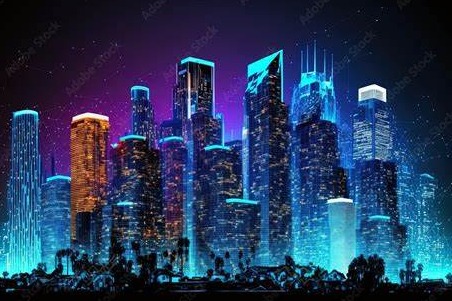Long and short of building skyscrapers
China Daily | Updated: 2020-07-08 07:17

The construction of a building in Suzhou, East China's Jiangsu province, started recently with a new height plan, reduced from 729 meters to 499.15 meters now.
On April 27, the Ministry of Housing and Urban-Rural Development and the National Development and Reform Committee jointly issued a notice, saying the construction of new buildings more than 500 meters in height is, in principle, banned. Even before the notice, a building in Xi'an, capital of Shaanxi province, had its height reduced from 501 to 498 meters and a building in Chengdu, capital of Sichuan province, from 677 to 489 meters.
There is no recognized definition for a skyscraper in China; any building more than 200 meters in height is treated as one. Statistics show that six out of the world's top 10 cities with the most completed skyscrapers in the world in 2018 were in China, three of them in its relatively less developed central and western regions.
With land prices rising, vertical growth helps improve the efficiency of land use. As a symbol of economic strength, the new urban landmarks are believed to attract capital. Super-tall buildings once led the world's construction trend, but their disadvantages such as maintenance costs, potential safety hazards, lower economic returns and the negative impact on the environment have become more and more pronounced. For example, the cost of maintaining elevators, heat preservation, lighting, cleaning and property management in a skyscraper is about two times higher than that in an ordinary building.
Apart from being expensive, skyscrapers also have safety issues. In China, a fire ladder can reach a height of 50 meters; only a few fire trucks can reach 100 meters. In the event of a fire in a building with a height of more than 100 meters, only the building's own fire-fighting system can be used for rescue operations. Super-tall buildings are also not conducive to energy conservation. Most of their windows are sealed for safety, making them rely on internal air conditioning for ventilation, which means huge energy consumption.
Skyscrapers also come with transportation and ecological problems. For example, tens of thousands of people can work in a 500-meter tall skyscraper, leading to traffic jams during rush hour.
The technology behind construction of skyscrapers has improved with time, but a modern living experience should be more energy-saving, environmentally friendly, and nature-oriented. Construction of super-tall buildings less than 200 meters in height can be considered in densely populated cities, but a more cautious approach is advisable for constructions in third-and fourth-tier cities where economic activity is not so intense and the population not large enough.
























